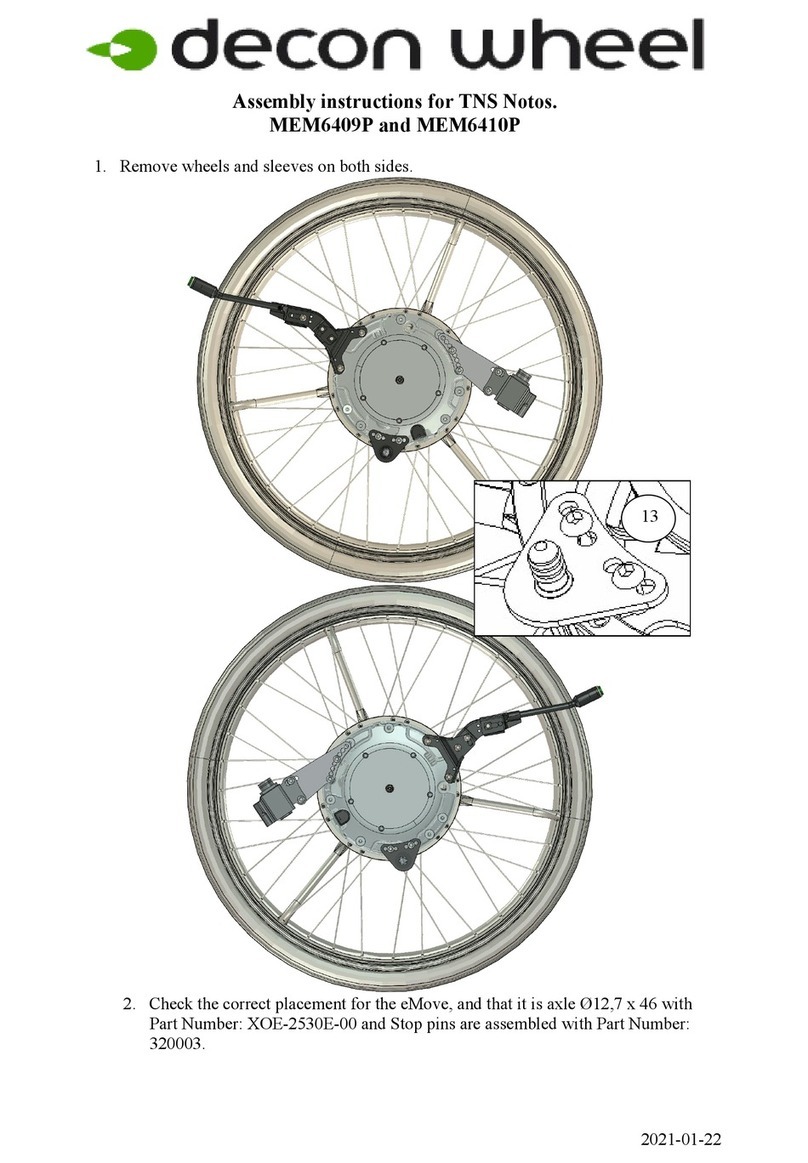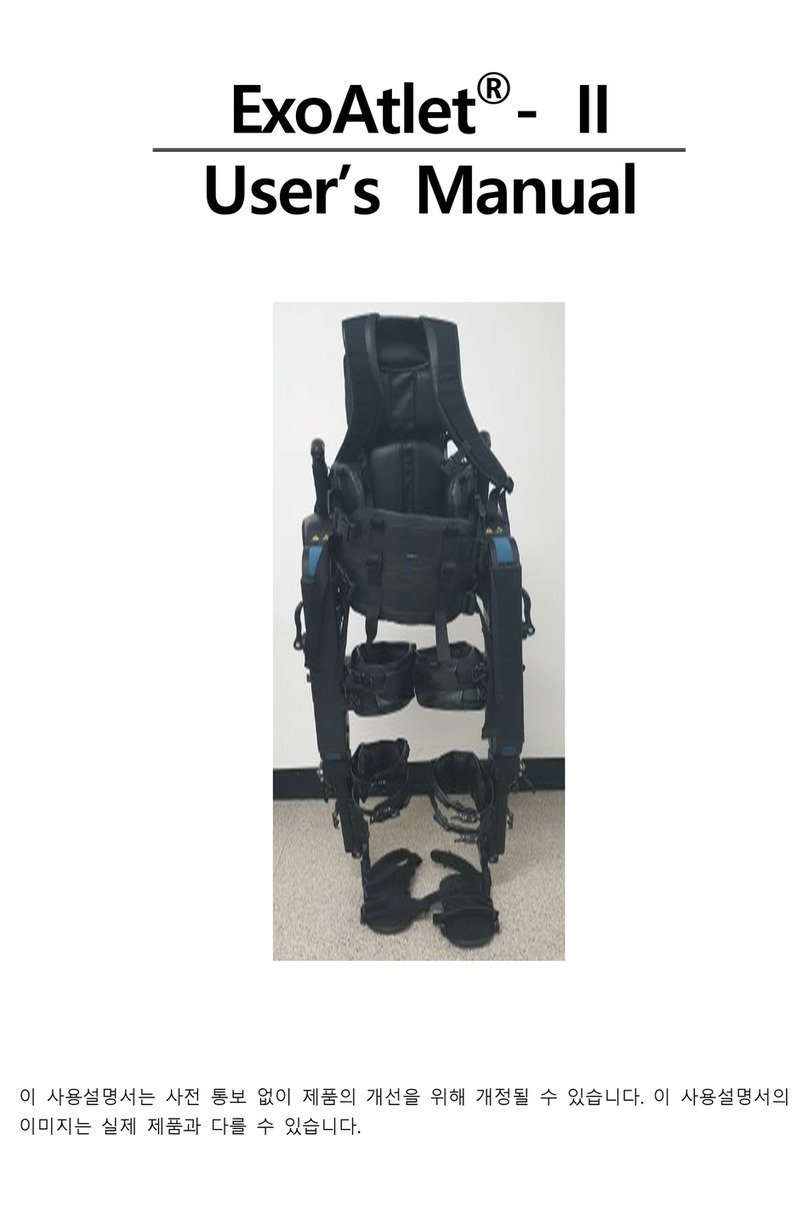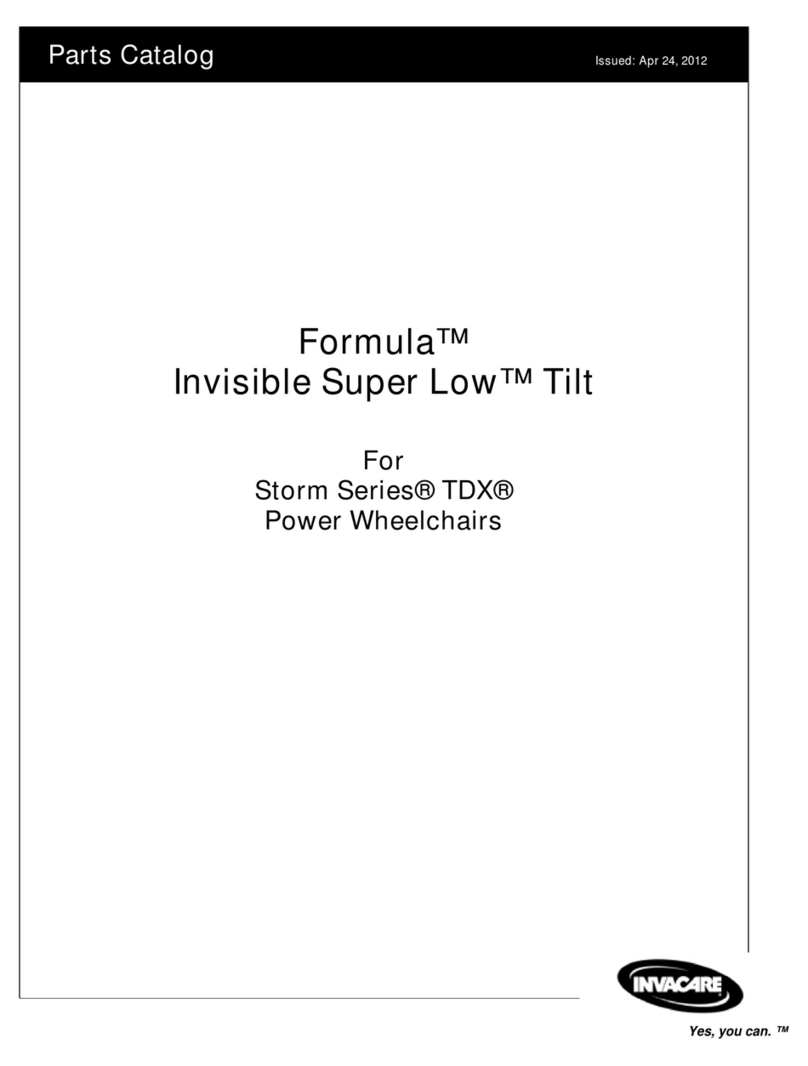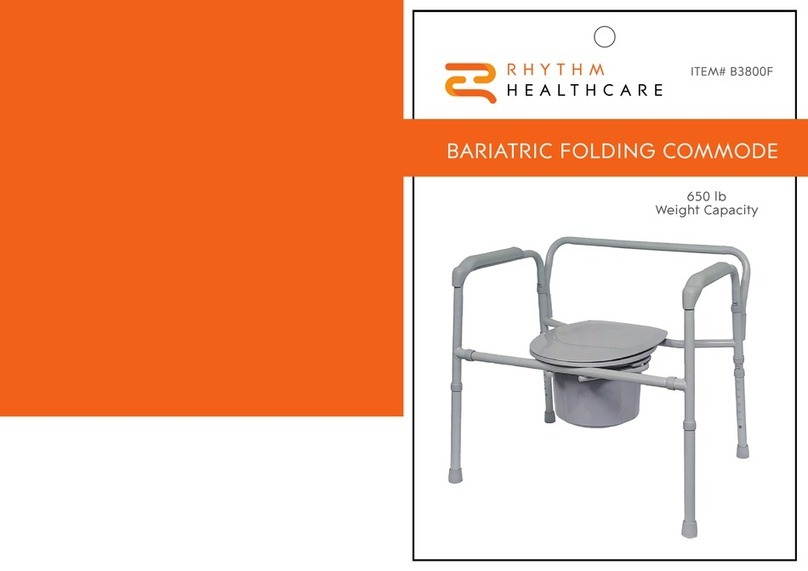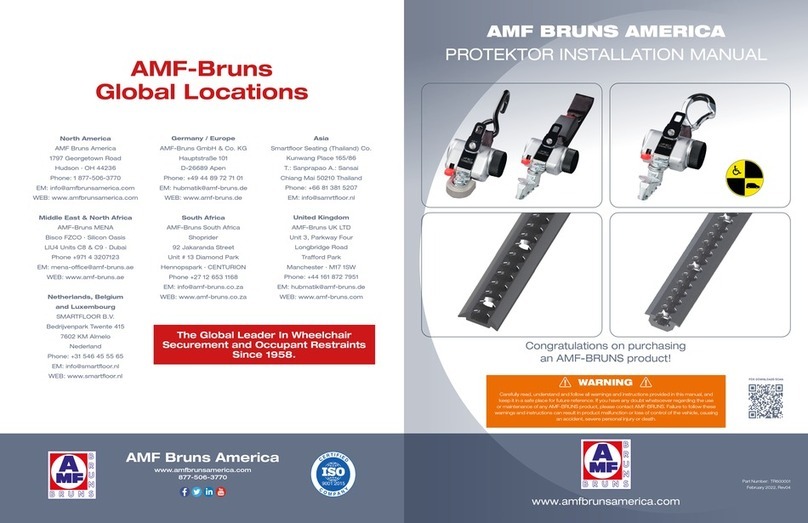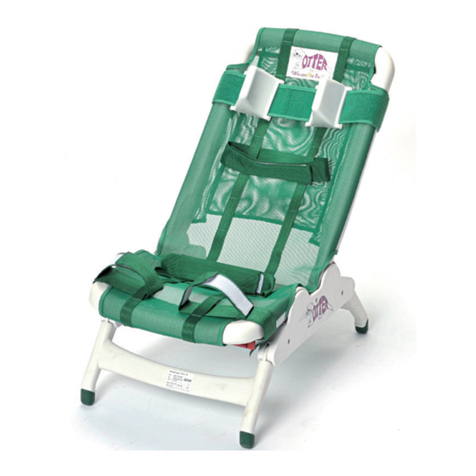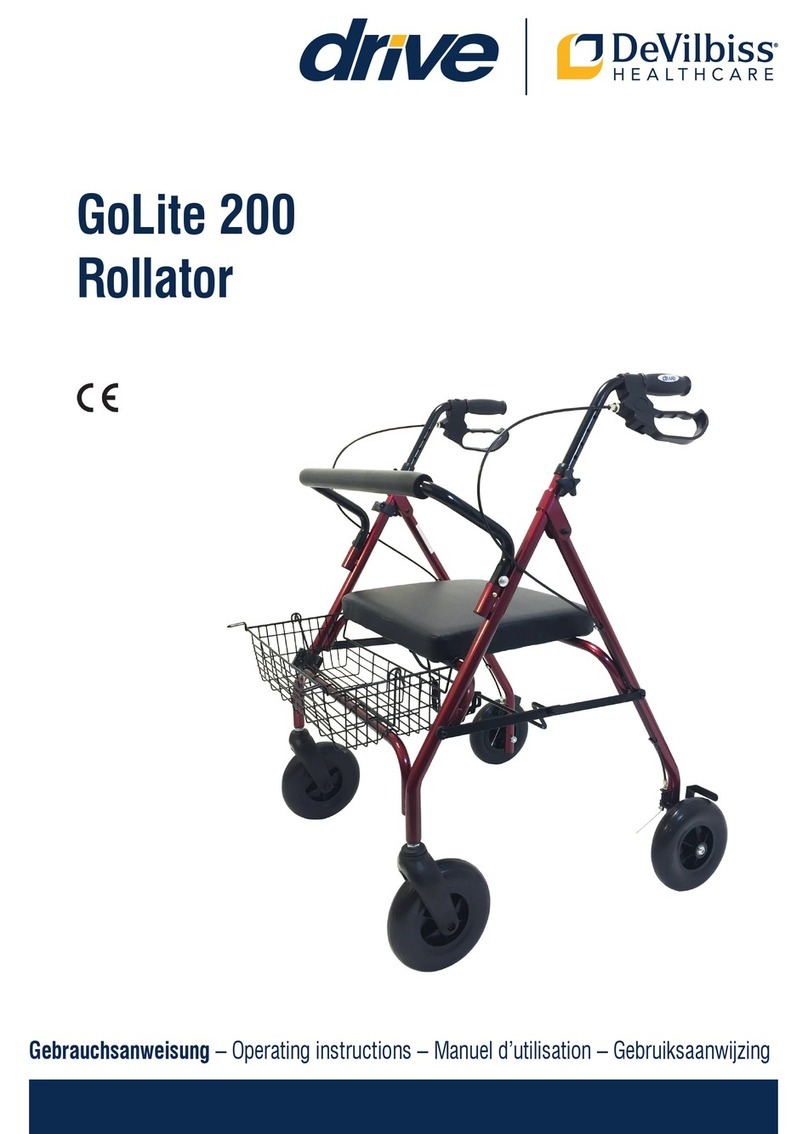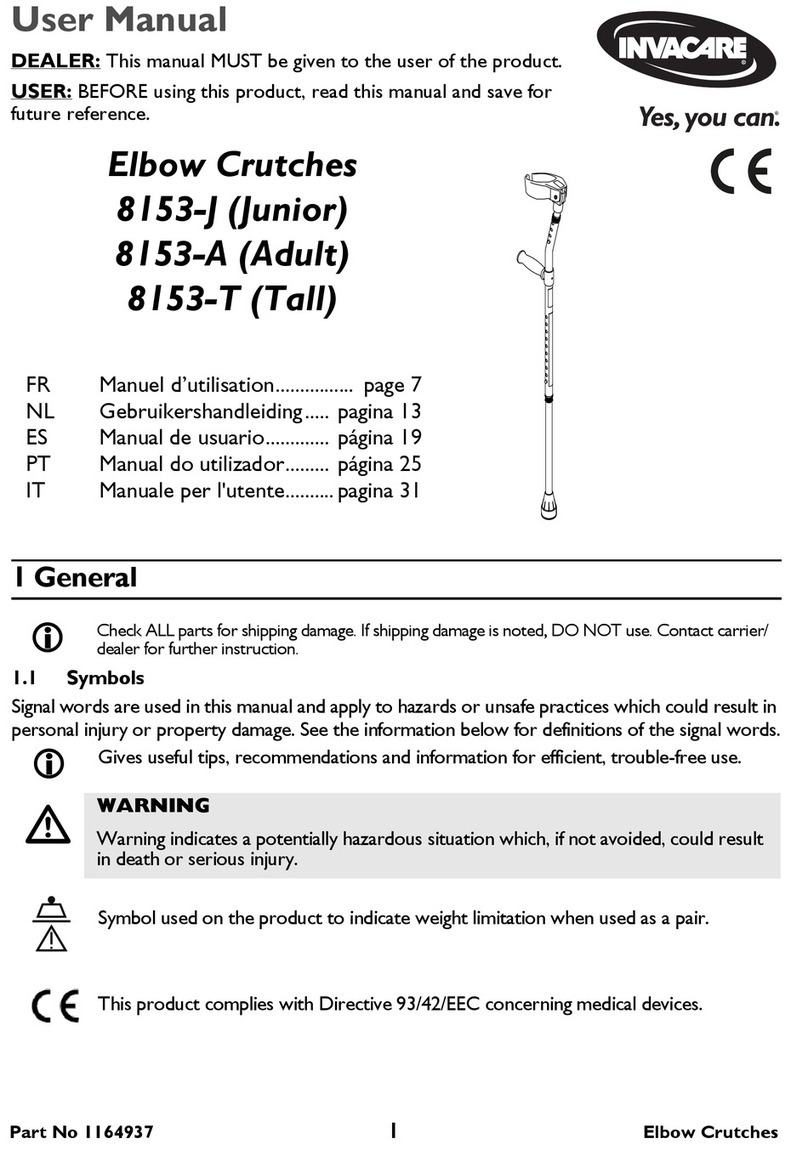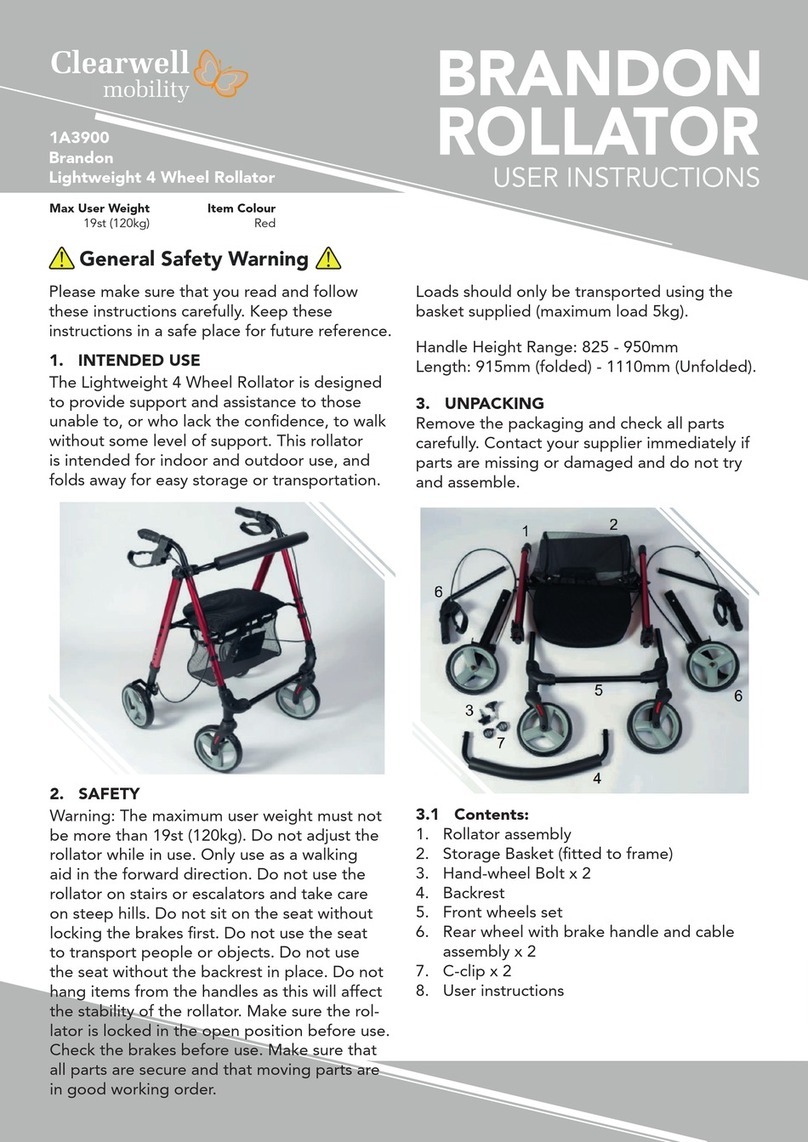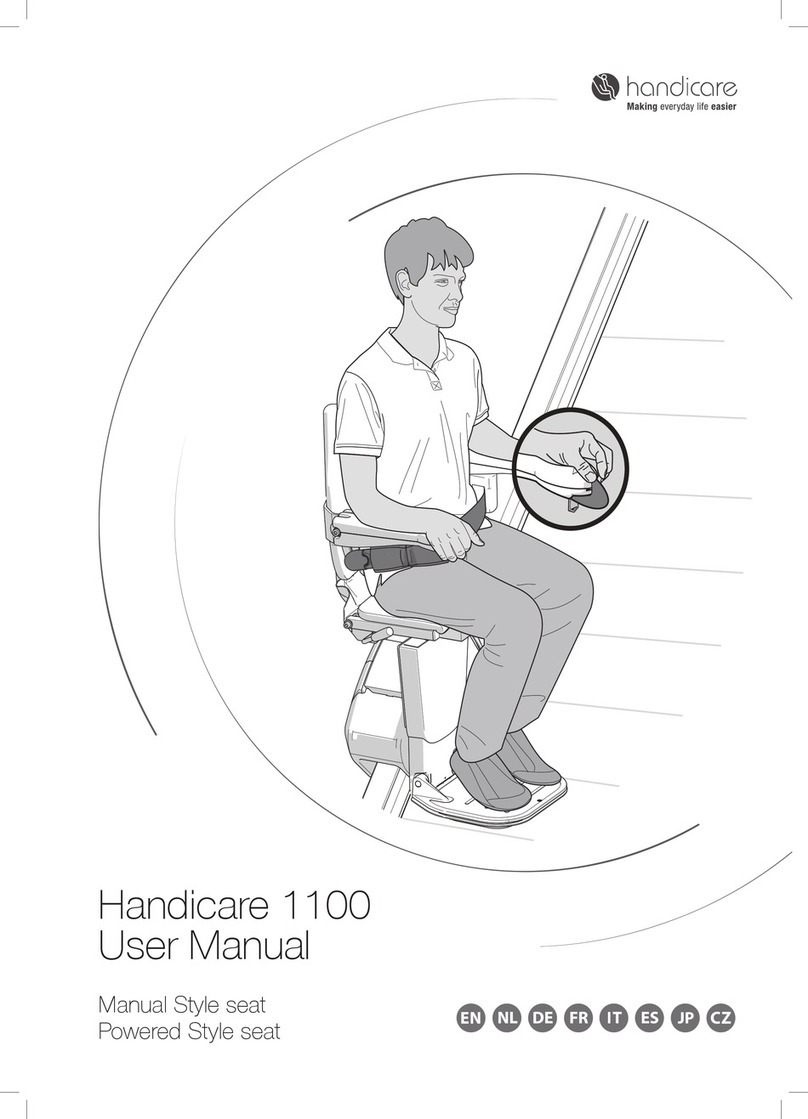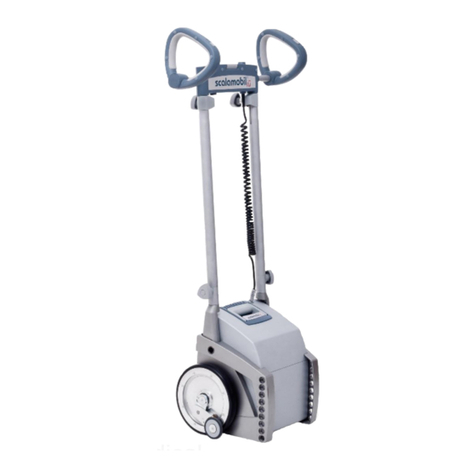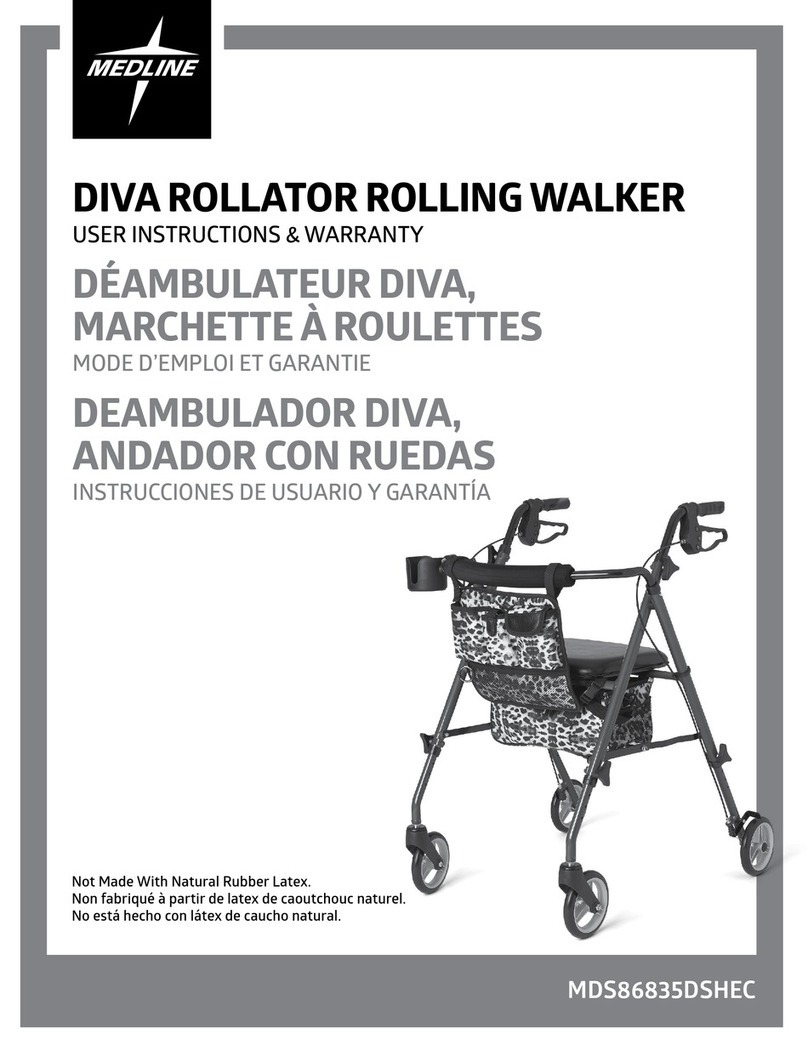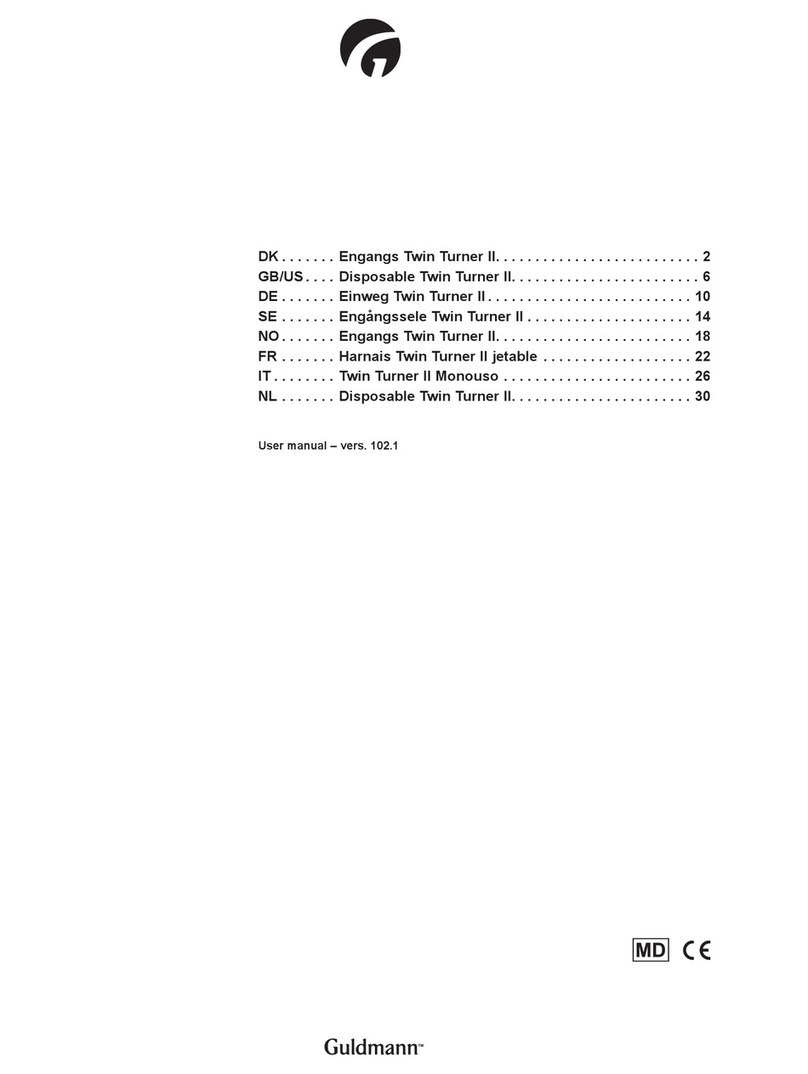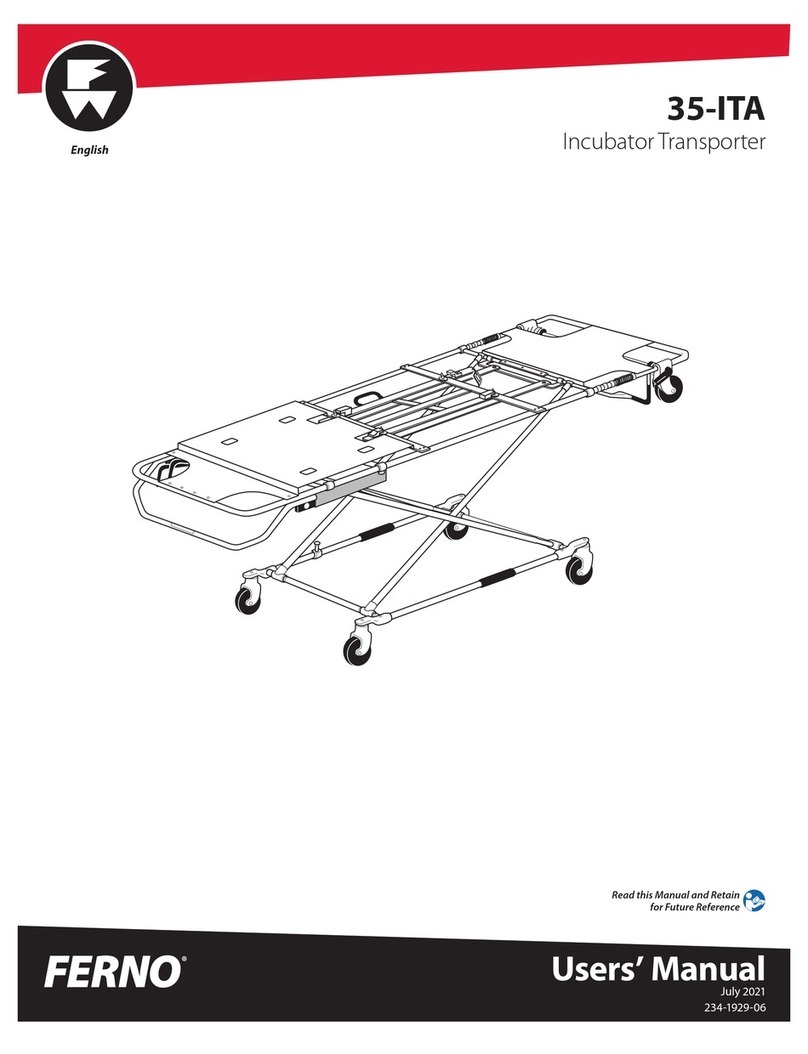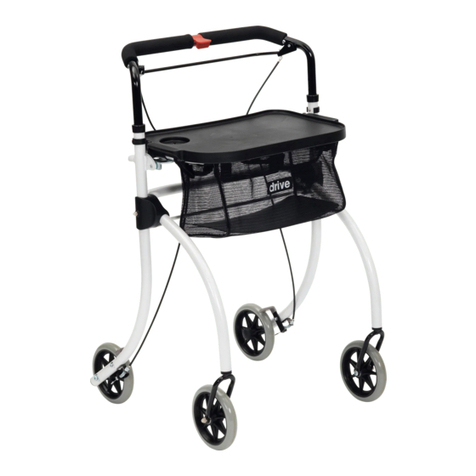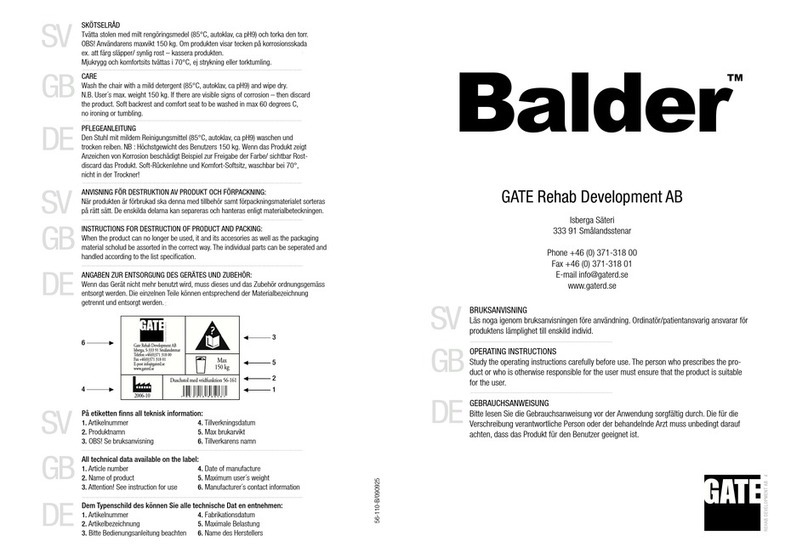
Repair manual GRAMMER seat suspension MSG95EAC – November 2012
Material no. 1 277 338
Preface
Page 1 of 2
Notes on these instructions
This repair manual includes information and instructions on how to perform repair
work on the seat suspension MSG97EL of GRAMMER seats.
The repair of the upper seat part is described in the respective repair manual for the
upper seat part to which a reference is made, if required (see repair manual for
upper seat part).
Example:
Remove the cable of the seat occupancy detection system at the upper seat part
(see repair manual for upper seat part).
The seat suspension MSG95EAC forms the basis for illustrations in this repair
manual. In the case of technical deviations in work procedures (due to different seat
suspension designs), refer to the current text or individual chapters of the manual.
Each chapter starts with a list of all preparatory work to be completed before starting
repair. These preparations are described in separate chapters and shall be carried
out without the preparatory steps described there.
For spare part orders, please use the numbers stated in the latest issue of the
relevant spare parts catalogue.
The description of the work procedures refers to the removed seat suspension and
the dismounted upper part of the seat.
Depending on the individual installation situation, some work may also be performed
on the installed seat suspension and/or with upper seat part. For this reason, check
the environment of the installed seat suspension for this possibility before starting
work. The safety instructions of the specific vehicle manufacturer and those stated
in Chapter 1 of this repair manual must be strictly observed.
This repair manual also includes some information on delivery options, if these
require further explanation. Since the scope of delivery depends on the specific
customer order, the actual seat suspension design may deviate from the
descriptions and illustrations in this manual.
The illustrated repair steps refer to the seat suspension for left-hand drive. Different
work steps are to be performed laterally reversed when repairing vehicle models
with right-hand drive.
If not stated otherwise, the directional indications "front, back" and "right, left" refer
to the installed seat suspension regarded in the driving direction of the vehicle.
The document layout is suitable for later use of this repair manual via CD-ROM /
INTERNET / INTRANET.
Basic information on the seat suspension
The seat suspension is provided with a long-lasting lubrication (approx. 10 years).
The lubricating points must be re-greased only after repair work, using an acid-free
multi-purpose lubricant.
In the description of the present repair manual, not all fastening parts might be
mentioned. After repair, it might be necessary to check fastening parts regarding
their factory-made laying, support and securing and to correct them respectively, if
required.
